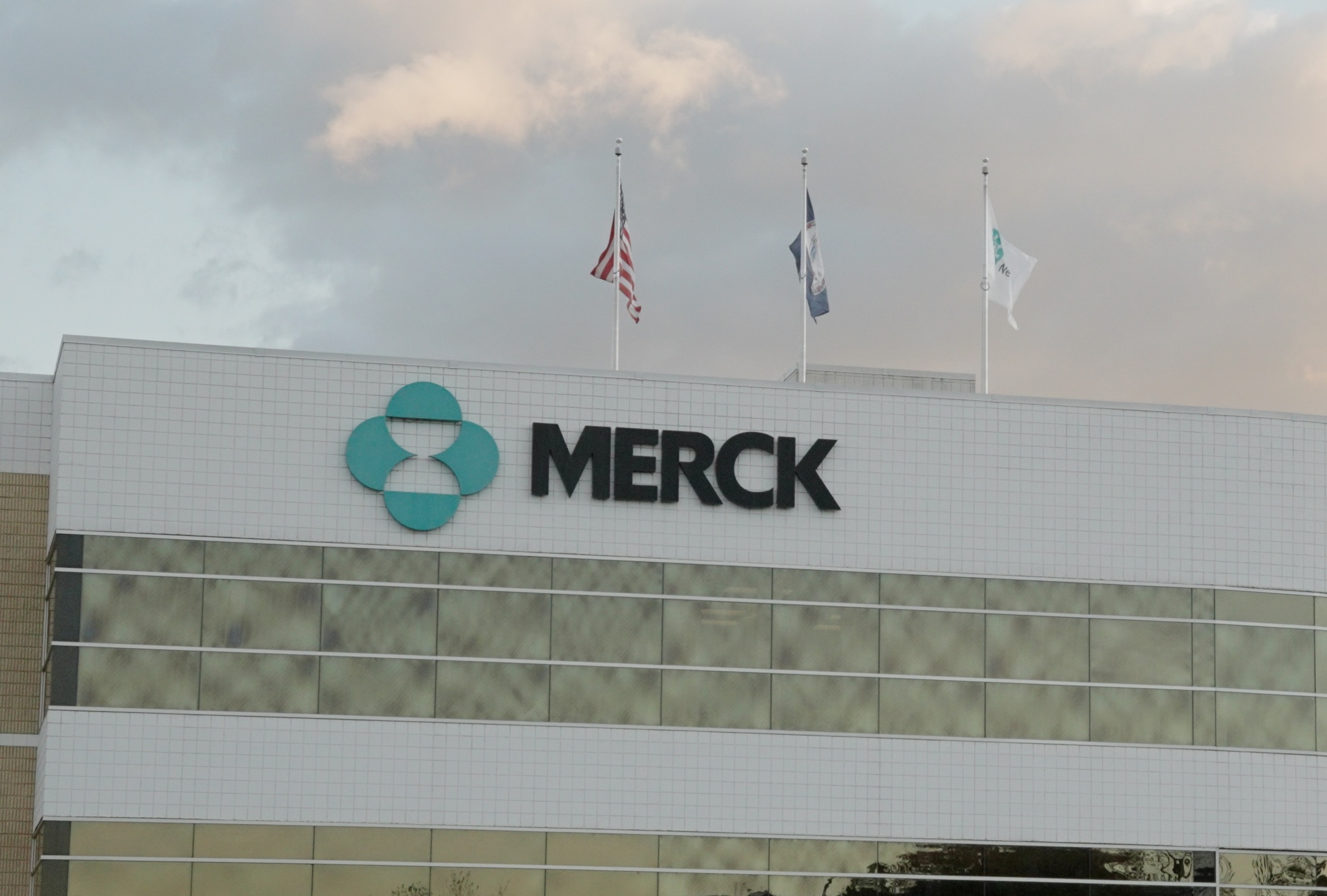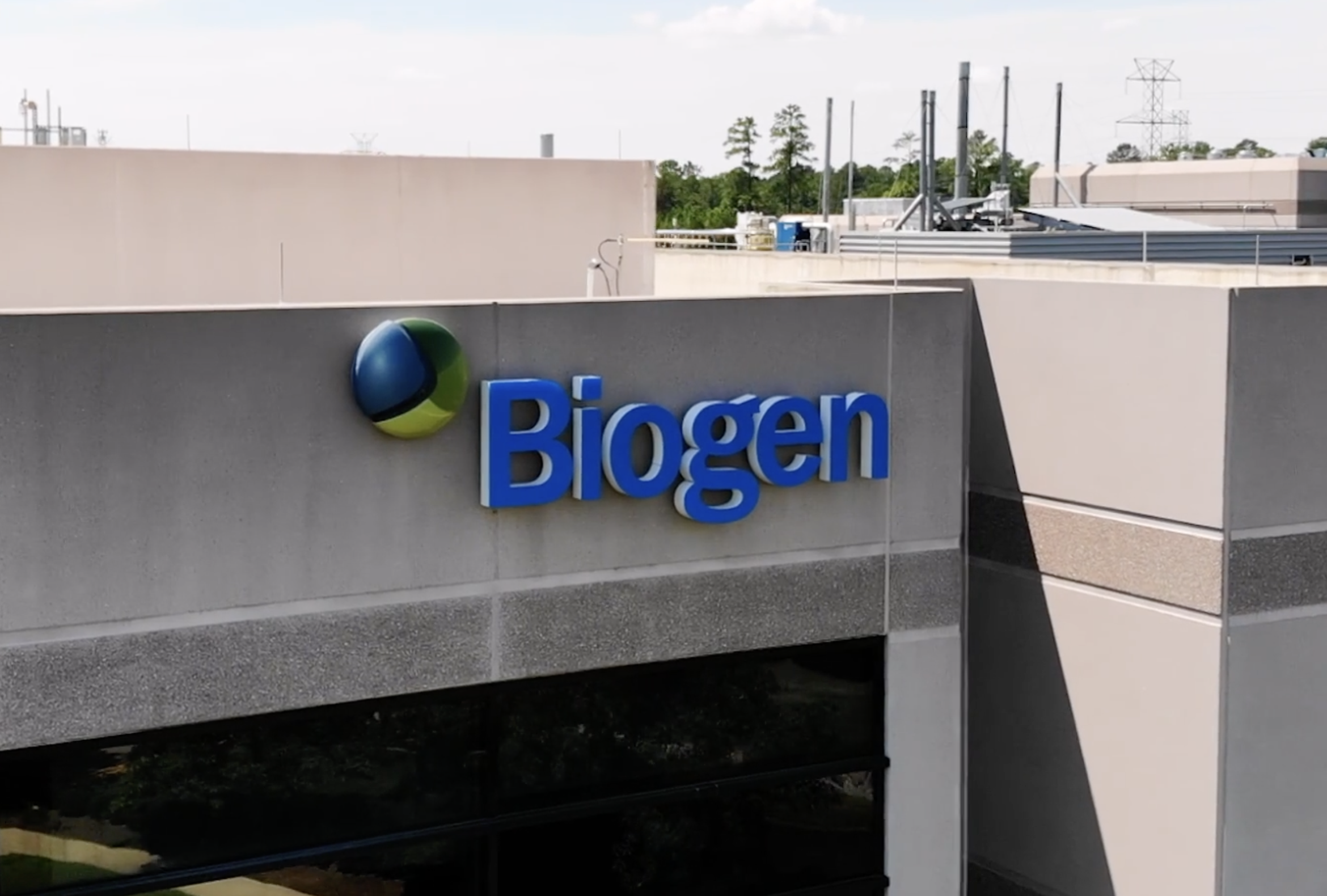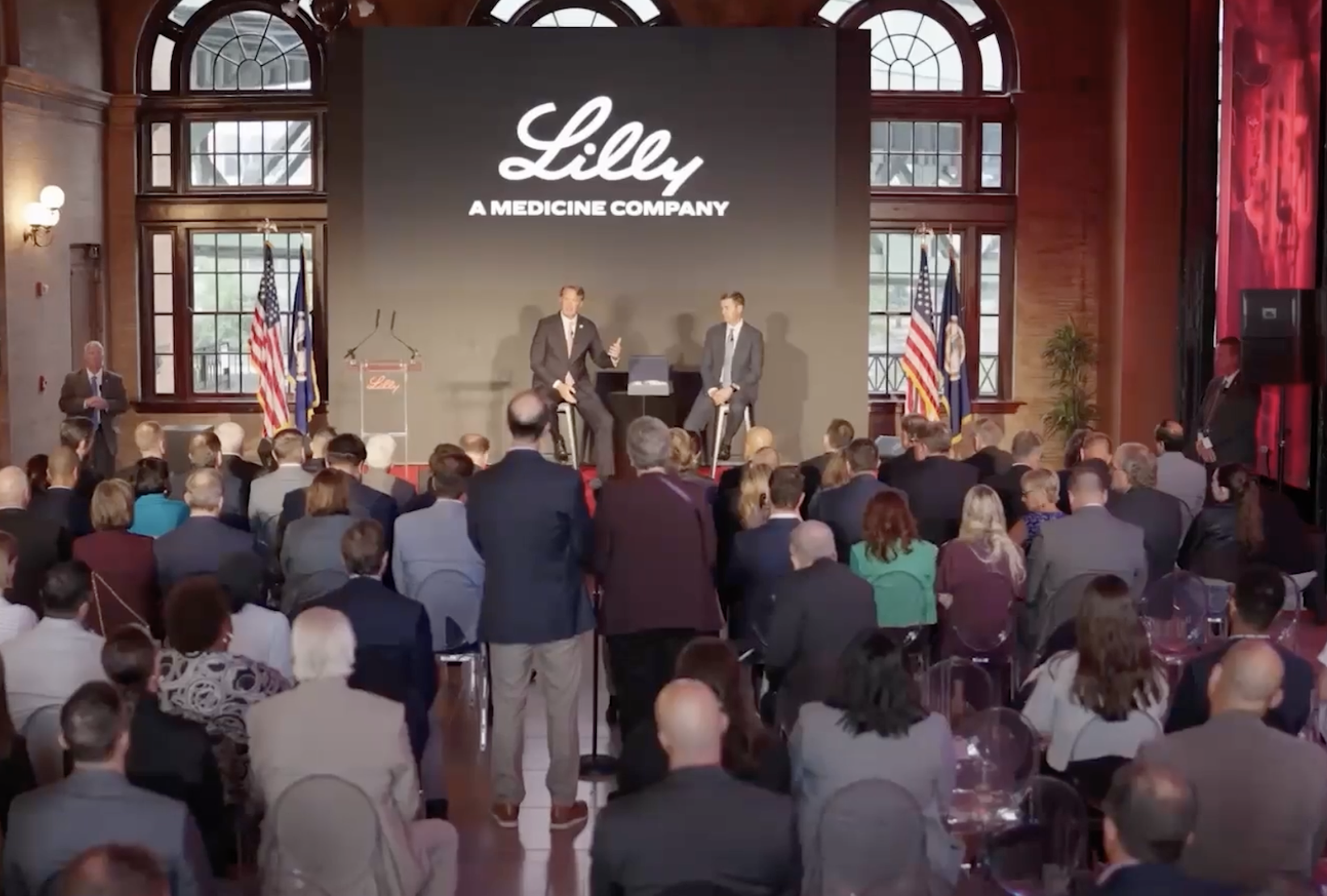New Hepatitis C Medicines Save $49 Billion Over 10 Years
In the early 2000s, hepatitis C (HCV) loomed as a significant challenge, impacting millions of patients and placing a heavy burden on the health care system. Back then, treatment options offered limited success, came with harsh side effects and often left patients grappling with lifelong infections.1
Enter direct-acting antiviral (DAA) drugs — a groundbreaking shift in how chronic HCV is treated. These medications didn’t just improve outcomes; they effectively cured the disease with remarkably high success rates.2 3While the upfront costs of DAA treatments are higher, the long-term benefits far outweigh the initial investment.
By reducing the risk of serious complications such as cirrhosis, liver cancer or the need for a liver transplant, DAAs are saving lives and slashing health care costs. In fact, these innovative treatments have had such a profound impact that projections suggest Medicaid alone will save a staggering $43 billion by 2026.4

1 A Annals of Gastroenterology. Interferon-based combination treatment for chronic hepatitis C in the era of direct acting antivirals. Jan-Mar 2015.
2 The New England Journal of Medicine. Sofosbuvir for Previously Untreated Chronic Hepatitis C Infection. May 2013.
3 The New England Journal of Medicine. Glecaprevir–Pibrentasvir for 8 or 12 Weeks in HCV Genotype 1 or 3 Infection. January
2018.
4 American Journal of Managed Care. Impact of Direct-Acting Antiviral Use for Chronic Hepatitis C on Health Care Costs in Medicaid: Economic Model Update. December 2022.
Our Work in Action
To maintain America’s global leadership, we need to support the next generation of innovation in medicine.





